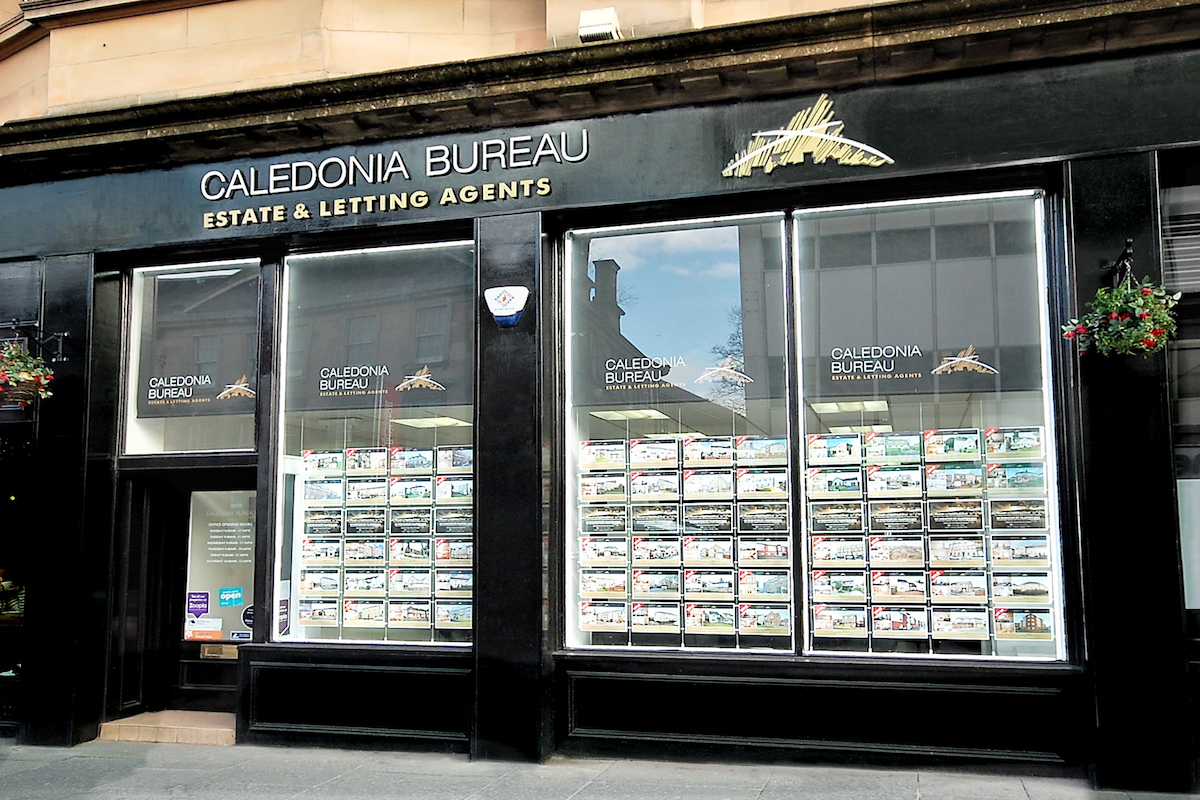Paisley’s architectural heritage is amongst the finest in Scotland and so it’s no surprise that this is a key theme of the town’s bid for UK city of Culture 2021. With over 100 listed properties in Paisley – a higher proportion than anywhere else in Scotland except Edinburgh – the town is rich in historical architecture. Medieval, gothic revival, art nouveau, art deco and Victorian industrial examples make for a striking skyline, with many buildings open to the public as popular visitor attractions offering fascinating insights into the history of the town.
Paisley Abbey
Paisley came to prominence as a town with the building of Paisley Abbey in the 12th century. Sitting on the east bank of the White Cart Water, it became one of the most important religious hubs in medieval Scotland. Many of Scotland’s former royal family are buried here and it is also believed that William Wallace was educated here as a boy. Original features include a section of the cloister and a substantial medieval drain, uncovered in the 1990s and containing various artefacts now displayed in the abbey. The abbey features some beautiful stained glass work and an organ designed by renowned French organ builder Aristide Cavaille-Coll. During refurbishment in the 1990s, some of the exterior gargoyles were replaced, one famous for resembling the creature from the 1979 film Alien!
The textile industry and Paisley architecture
The Clark and Coats families built many of Paisley’s fine architectural examples due to the success their companies enjoyed following the industrialisation of the textile industry in the 1800s.
Adjacent to the Abbey, Paisley Town Hall, funded by the Clark family, is another building from the medieval period and built in Renaissance style. Officially opened in 1882, the impressive building became a landmark in the town that is used for events and conferences to this day.
The Coats family funded buildings such as the Observatory, one of just three surviving observatories in Scotland, as well as the town’s central library and museum. The Thomas Coats Memorial Baptiste Church, the largest Baptist church in Europe, is another impressive example of gothic revival architecture. The tower reaching to 240ft above sea level forms an outstanding feature of the Paisley skyline, with 350,000 pieces of coloured marble used for the mosaic floor.
Other buildings relating to the town’s textile industries include the Sma Shot Cottages, a row of fully restored and furnished 18th century weavers cottages now opened as a visitor centre, where the textile industry first began as a cottage industry.
After the invention of the Jaquard Loom, the weaving process became industrialised and various textile factories appeared in the town including Anchor Mills. Closed in 1980s and falling into dereliction, the building has since been renovated and converted, now sitting as a category A-listed building, containing residential flats with an impressive open atrium.
Russell Institute Renovation
Paisley’s iconic Russell Institute, sitting proudly in the town centre, was gifted to the town by Miss Agnes Russell in 1927, who wanted it to be used as a child welfare clinic in memorial to her two brothers. The building is art deco in style, designed and built on vertical lines with bronze framed windows and decorated with copper figures and coats of arms. Coinciding with the lead-up to Paisley’s bid for UK city of culture 2021 the building has been undergoing a £5 million refurbishment project led by Renfrewshire council and is due to open in all its revamped splendour in 2017, being utilised as a skills and employability hub.
Make this historic, architecturally rich town your home by contacting our Paisley office today on 0141 648 0888, paisley@caledoniabureau.co.uk.
As one of the West of Scotland’s longest-standing estate agents, Caledonia Bureau’s aim is to make the process of buying or selling your home as easy and as stress free as possible. Whether you are a first time buyer, moving home or looking for a property to let, Caledonia Bureau will assist you every step of the way. Please contact your local Caledonia Bureau branch to find out how we can assist you.









